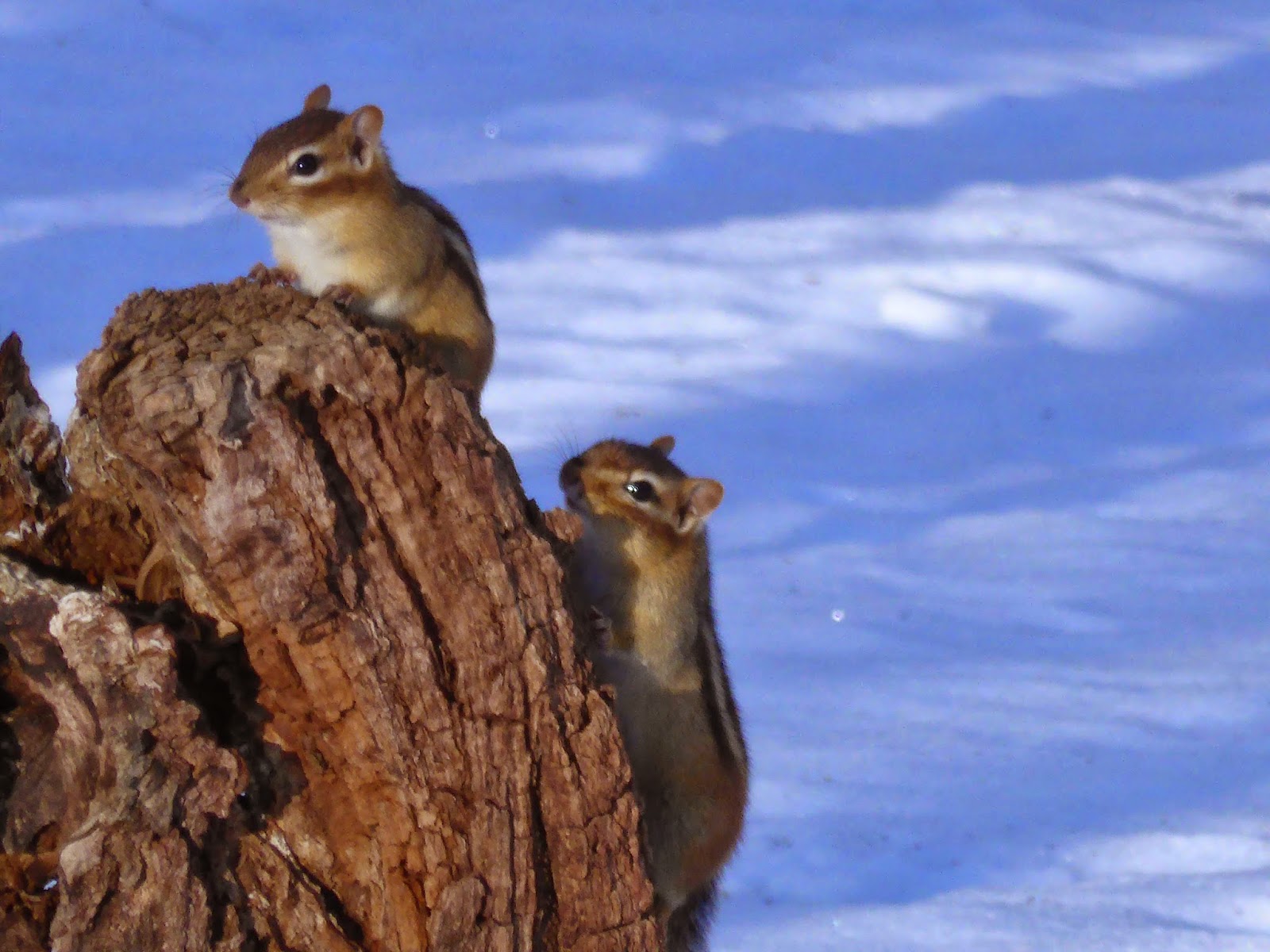After a great day in the Everglades we decided to head down from Florida City to Marathon, a large island in the middle of the Florida Keys. Along the way we stopped at several spots in Key Largo including one of our favourites, John Pennekamp State Park.
 |
| Kayaking in the mangroves in John Pennekamp! |
 |
| Mangroves! We saw a sting ray right near this spot, but it was too quick to get a picture |
 |
| Palm Warbler was the most common warbler in the keys |
 |
| John Pennekamp had some really neat walking trails |
 |
| The grove trail |
 |
| The grove had lime trees! |
 |
| Unidentified lizard. |
 |
| Crappy shot of a breeding Lesser Black-backed Gull |
 |
| Marathon keys sunset |
We hiked the short trails at Crane point on Marathon Key, which is a beautiful nature preserve that encompasses some of the largest intact forests in the keys.
 |
| Crane Point Marathon key |
 |
| Hammock Skipper |
 |
| Thatched Palm?, common in forests within the keys- Caitlyn's favourite plant of the trip! |
 |
| The Crane Point |
After Marathon Key, we visited the nearby Bahia Honda Key State Park, renowned mostly for its beautiful white sand beaches.
 |
| Rated the best beach in America in 1993. |
 |
| Bahia Honda Beach |
One of our favourite, less crowded parks was Curry Hammock State Park. This spot boasted awesome beaches and much more wildlife than Bahia Honda.
 |
| Curry Hammock State Park |
 |
| Semi-palmated Plover, should soon be on his way up north to breed |
 |
| Sanderlings and Black Skimmer |
 |
| Beautiful sand and water of Curry Hammock |
 |
| Jellyfish sack |
 |
| Curry Hammock Trail |
 |
| Whiptail species. I find these guys hard to tell apart. |
One day we visited the historic Key West, renowned for its shops, night life and sight seeing. The town itself is beautiful, with massive trees and vines encircling large, beautiful, southern style homes.
 |
| Key West |
 |
| Ernest Hemingway's house. He doesn't live there anymore |
 |
| St. Mary's Star of the Sea Basilica |
 |
| Key West Marina |
My apologies for all those pictures of buildings and towns. We will now get back to the important nature stuff.
 |
| Black Skimmers having a good time at the Key West docks |
 |
| Two of three White-crowned Pigeons we saw in the keys. Very rare outside of southern Florida |
 |
| And of course a Brown Pelican! |
Part 3 of this blog will show photos from what was arguably the most exciting part of the trip, a 70 mile boat journey to Dry Tortugas National Park! I should have that up in the next couple days. Stay tuned!










































































